
Roots
To contemplate the very being of textured hair is to stand at the precipice of a vast, unspoken archive, a profound repository of ancestral wisdom. It is to recognize that what we consider health for these crowns today is but an echo, a continuing whisper of practices honed over countless generations, steeped in the natural world and interwoven with cultural survival. Why, then, do the ancient elixirs, the remedies passed down through oral traditions and quiet observances, hold such an undeniable power for our coils, our kinks, our waves? The answer, friends, lies not in some fleeting trend, but in the enduring spirit of our hair’s heritage.
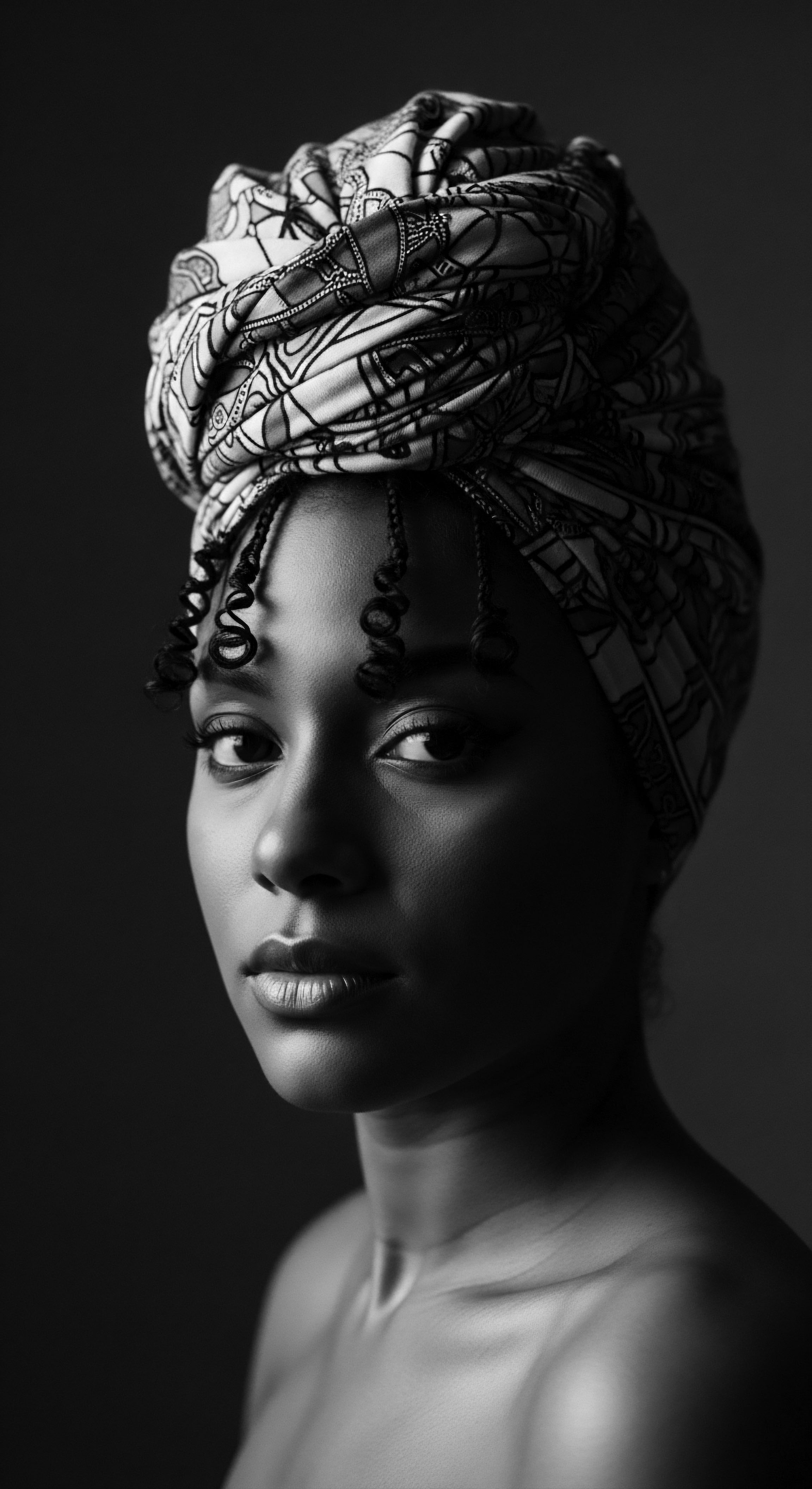
The Architecture of Hair, Echoes from the Source
The wondrous complexity of textured hair, from its elliptical follicular shape to its distinct curl pattern, renders it unique among hair types. Each strand, a testament to genetic artistry, possesses a natural inclination towards dryness due to the winding path sebum must travel from scalp to tip. This inherent characteristic, a biological blueprint, shaped how ancestral communities interacted with their hair and the land around them. Understanding this elemental biology, this foundational truth of the strand, allows us to appreciate the wisdom of traditional care.
Consider the very act of nomenclature. Across diverse Black and mixed-race communities, the descriptive terms for hair did not merely categorize texture; they often carried cultural weight, describing the hair’s appearance in relation to the earth, the sky, or natural phenomena. This linguistic heritage, a map drawn by the hands of our forebears, points to a care system born from intimate observation and a respectful relationship with nature’s bounty. Modern classification systems, while offering scientific precision, can sometimes obscure this deeper, ancestral understanding of hair’s varying forms and needs.
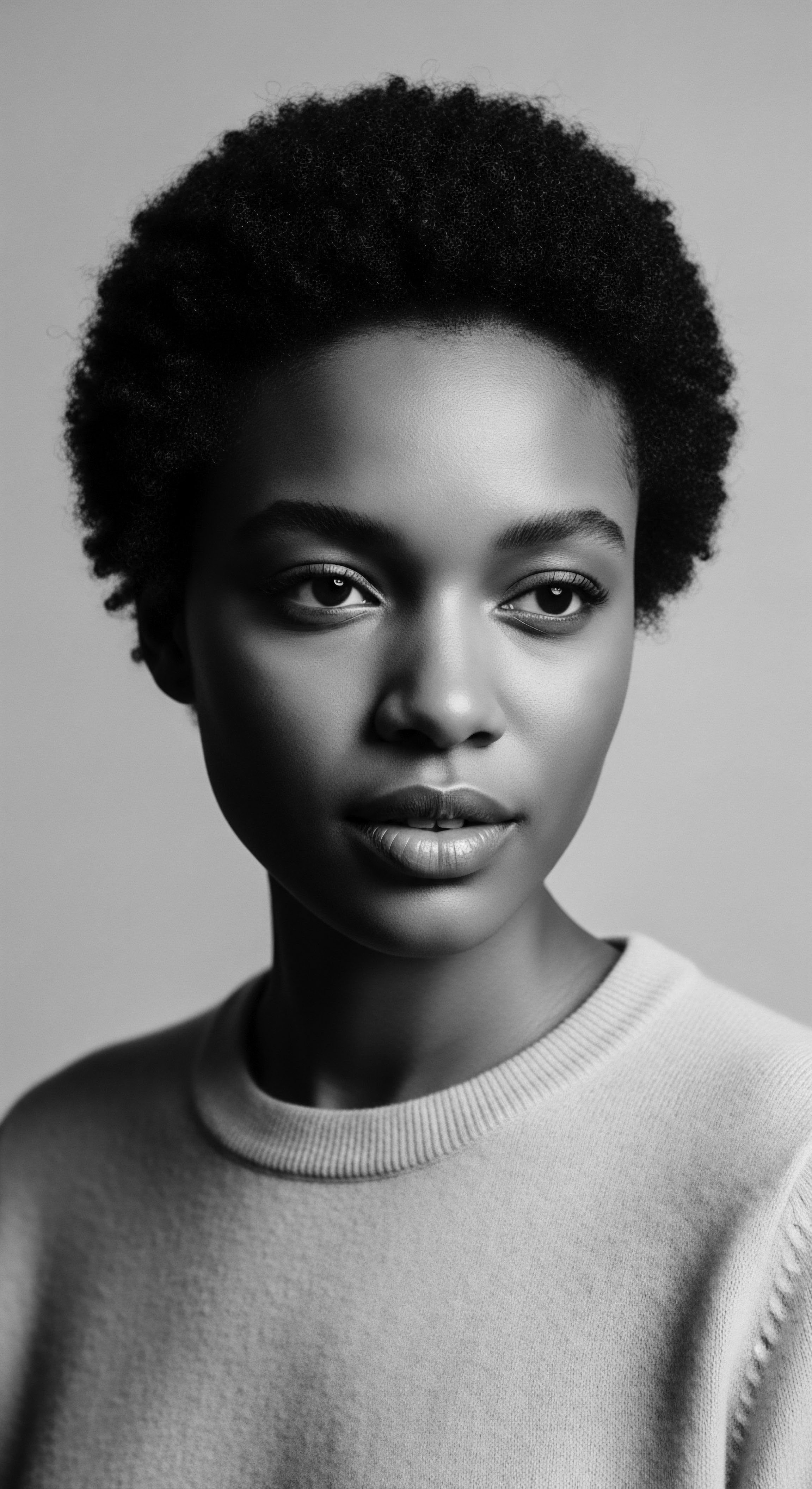
What Does the Anatomy of Textured Hair Reveal About Its Ancient Care?
The internal structure of a textured strand, with its often uneven distribution of cuticle scales, presents a challenge for moisture retention. This architectural reality meant that ancient practices were not simply about adornment; they served a vital protective function. Ingredients chosen from the natural world often possessed emollient properties, providing a shield against environmental stressors and bolstering the hair’s structural integrity. This deep intuitive knowledge of hair’s biology, gained through generations of lived experience, preceded formal scientific inquiry yet often aligns remarkably with contemporary understanding.
Ancestral approaches to textured hair care were less about fleeting trends and more about a timeless pact with nature and self-preservation.
- Shea Butter ❉ A staple across West African communities, this rich emollient, derived from the nut of the shea tree, provided a protective barrier, sealing moisture into the hair shaft and guarding against harsh elements. It was more than a cosmetic; it was a shield against the sun and dry winds, a daily anointment for resilience.
- Chebe Powder ❉ Hailing from Chad, this blend of herbs, including lavender croton and resin, traditionally applied to hair, is celebrated for its purported ability to strengthen hair and promote length retention by making strands less prone to breakage. It speaks to a heritage of patience and consistent ritual.
- Fenugreek ❉ Revered in various traditions, including North African and Indian communities, fenugreek seeds were often steeped to create rinses or pastes believed to invigorate the scalp and fortify the hair, hinting at early understandings of scalp health as foundational to robust hair growth.

Ritual
The concept of ritual, when applied to textured hair, transcends mere routine; it is a sacred observance, a continuation of practices that bound communities, asserted identity, and preserved knowledge across epochs. Traditional ingredients are not separate from these rituals; they are the very heart of them, tangible links to a lineage of care and creative expression. The techniques and tools employed were not random innovations but responses to the unique needs of textured hair, often serving protective, decorative, and symbolic purposes.
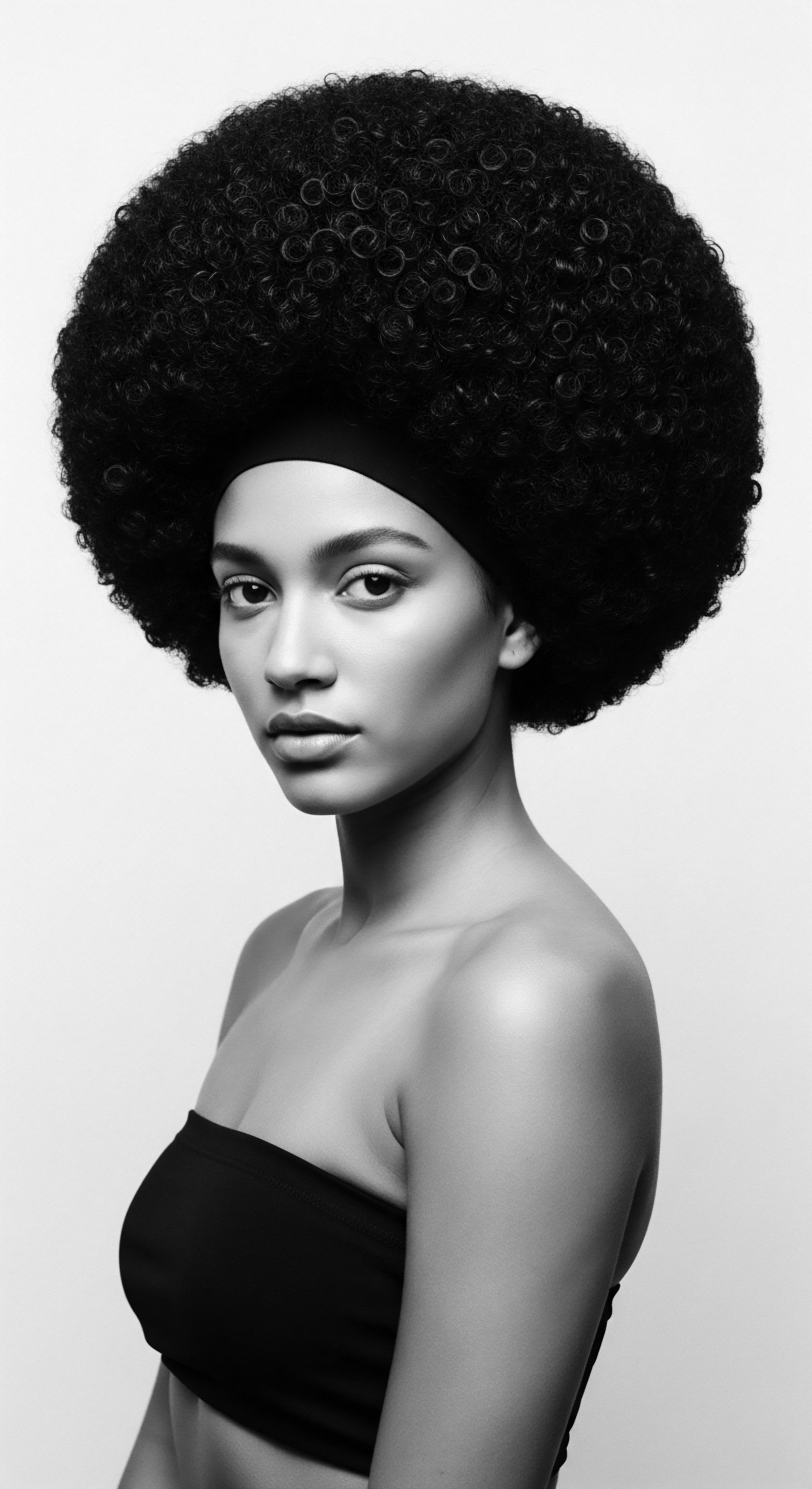
Ancestral Roots of Protective Styles
Long before the term “protective style” entered contemporary discourse, diverse African cultures developed an intricate lexicon of styles that inherently shielded the hair from environmental damage and manipulation. Braids, twists, and locs, often adorned with shells, beads, or precious metals, were not simply aesthetic choices. They were sophisticated engineering feats designed to safeguard fragile strands, reduce tangling, and extend periods between direct handling.
These styles, alongside the ingredients used to prepare and maintain them, formed a symbiotic relationship, each element contributing to the hair’s longevity and vitality. Traditional oils and butters were worked into the hair and scalp during the styling process, offering lubrication and nourishment that the hair craved.
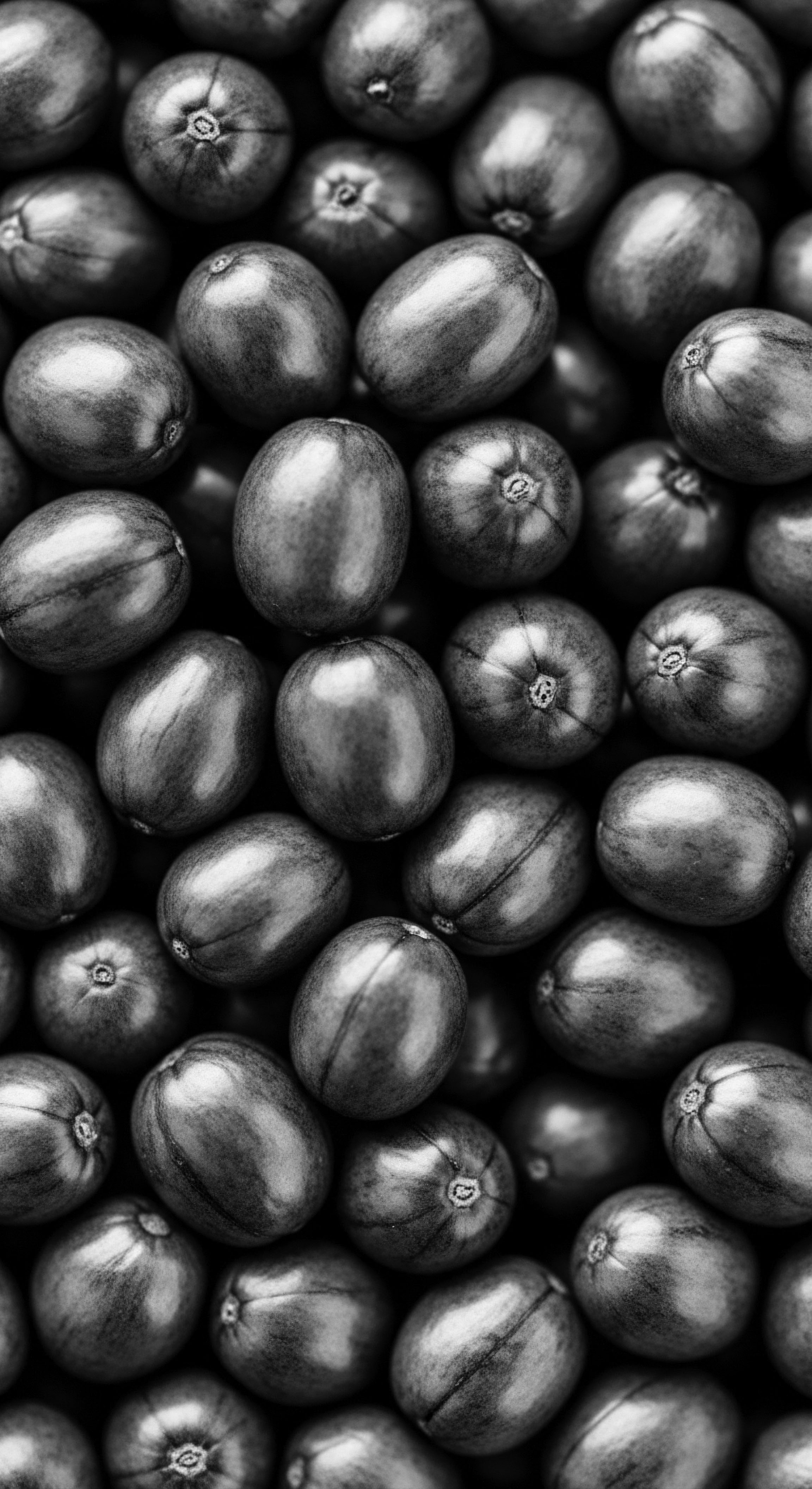
How Did Traditional Styling Techniques Preserve Hair Health Through Generations?
The deliberate, often communal, act of styling hair served as a conduit for intergenerational wisdom. Grandmothers, mothers, and aunties passed down not only the physical techniques but also the knowledge of which plants, which oils, and which preparations were best suited for particular hair types or seasons. This oral transmission of care was a living library, ensuring that the intrinsic needs of textured hair were met with bespoke, time-tested solutions.
The very act of preparing and applying traditional ingredients became a tender thread connecting past and present, ensuring the continuity of healthy hair practices. For instance, the use of certain plant extracts in pre-braiding preparations might have provided antiseptic qualities, a practical application of botany to maintain scalp hygiene under prolonged styles.
Traditional ingredients were the very building blocks of ancient hair rituals, ensuring sustenance and resilience for textured strands.
| Traditional Ingredient African Black Soap |
| Ancestral Purpose for Hair Health Gentle cleansing without stripping natural oils, often incorporating ash and plantain peel for mineral content. |
| Modern Corroboration or Benefit Effective as a clarifying shampoo that respects the hair's natural moisture balance, its pH often slightly alkaline, beneficial for deep cleansing prior to moisturizing treatments. |
| Traditional Ingredient Baobab Oil |
| Ancestral Purpose for Hair Health Providing deep moisture and strengthening weakened strands due to its fatty acid composition. |
| Modern Corroboration or Benefit Rich in Omega-3 fatty acids, supporting hair elasticity and reducing breakage, aligns with its traditional use for hair resilience. |
| Traditional Ingredient Aloe Vera |
| Ancestral Purpose for Hair Health Soothing scalp irritation, promoting growth, and adding a slippery, conditioning feel for detangling. |
| Modern Corroboration or Benefit Contains proteolytic enzymes that repair dead skin cells on the scalp, and its conditioning properties aid in knot removal, affirming its role in scalp and strand wellness. |
| Traditional Ingredient These elements, derived from the earth, speak to a profound wisdom regarding the intrinsic needs of textured hair, validated by millennia of practice. |
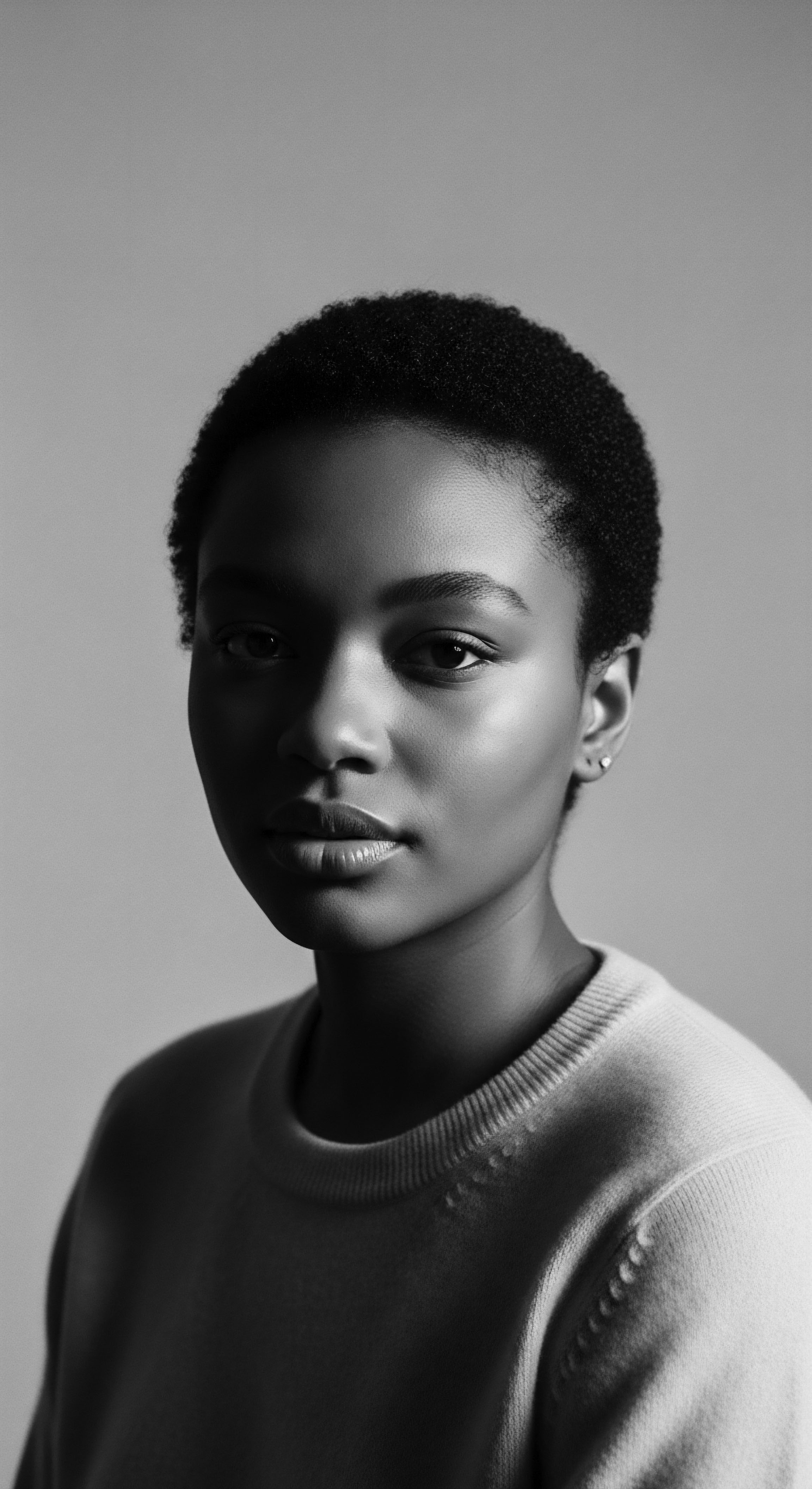
Tools of the Ancestors, Continuities in Care
The tools employed in traditional hair care were extensions of the hand and the earth. From wide-toothed combs carved from wood or bone, designed to navigate dense coils without excessive pulling, to gourds used for mixing elixirs, each implement was chosen for its efficacy and gentleness. These tools, often handcrafted, embodied a philosophy of mindful manipulation, contrasting sharply with the aggressive tools and chemical processes that sometimes pervade modern hair care. The consistent, deliberate use of these tools, alongside the traditional ingredients, minimized mechanical stress, a significant factor in maintaining the health and length of textured hair.

Relay
The relay of traditional wisdom across generations forms the very backbone of textured hair health. This is where scientific inquiry meets ancestral ingenuity, where the empirical observation of millennia finds validation in contemporary understanding. It is a dialogue between what was known through living and what can now be measured. The importance of traditional ingredients for textured hair health is inextricably linked to this continuous transmission of knowledge, often through unspoken actions and communal rites.

Building Regimens from Ancient Wisdom
The concept of a “regimen” in modern hair care often implies a structured, often commercialized, sequence of products. However, ancestral regimens, while perhaps less formalized, were no less potent. They were deeply integrated into daily life, seasonal rhythms, and communal gatherings.
These practices focused on consistent lubrication, gentle cleansing, and protective styling, all underpinned by the generous application of natural ingredients harvested from the surrounding environment. The deliberate choice of ingredients for specific purposes, such as an oil for sealing or an herb for cleansing, speaks to a sophisticated, albeit informal, understanding of cosmetology.
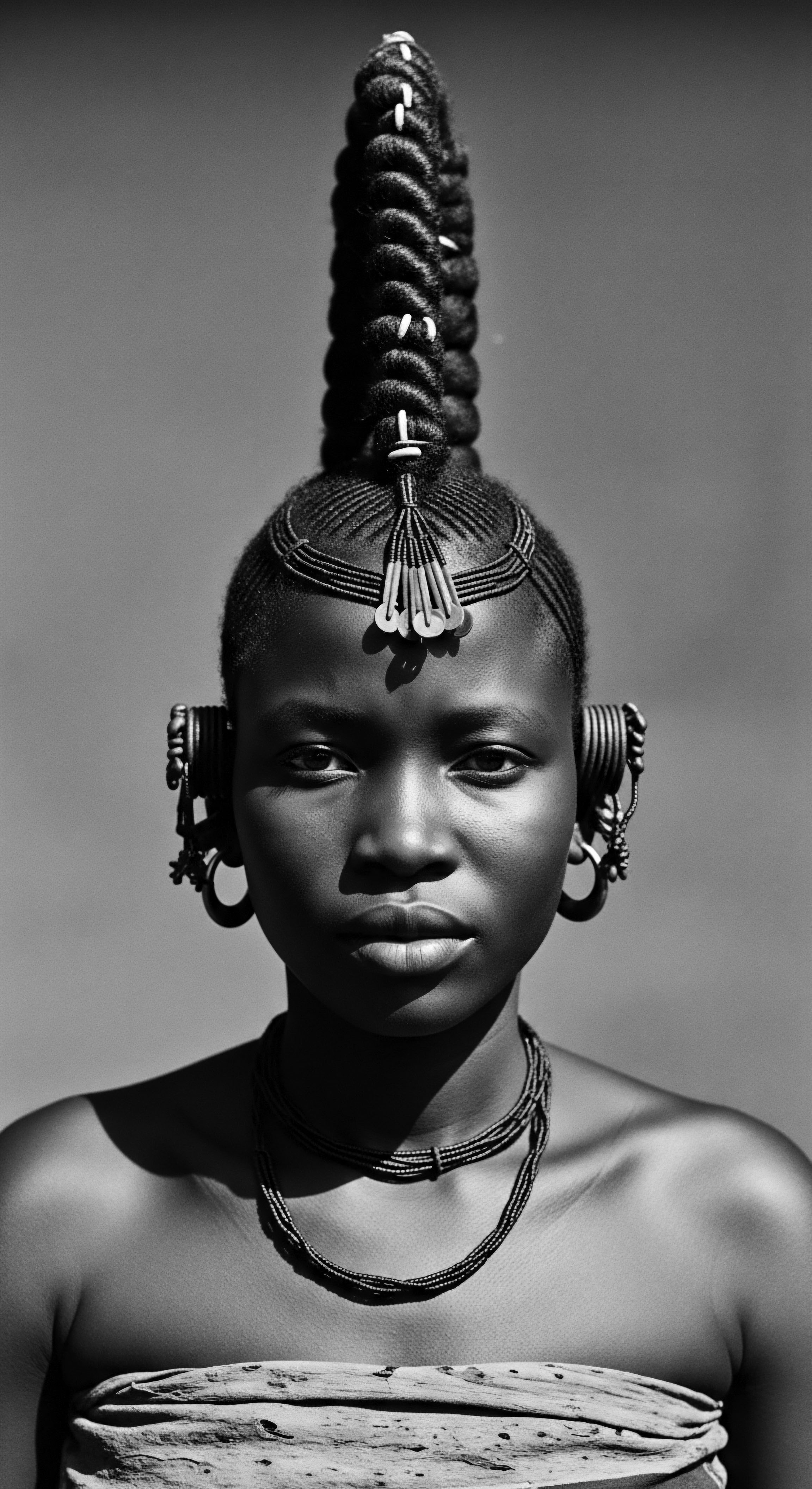
Can Contemporary Science Validate Ancestral Hair Care Practices?
Indeed, contemporary scientific investigation frequently validates the efficacy of traditional ingredients. Consider the properties of Shea Butter. For centuries, it has been a cornerstone of West African hair care, prized for its ability to soften, moisturize, and protect. Modern analysis reveals its high concentration of fatty acids (oleic, stearic, linoleic), vitamins A and E, and cinnamic acid derivatives.
These compounds are known to act as emollients, antioxidants, and anti-inflammatory agents, directly supporting hair health by reducing moisture loss, mitigating environmental damage, and soothing scalp conditions. This corroboration is not a discovery of new truths, but rather a scientific articulation of what our ancestors understood through generations of application and observation.
The Yoruba tribe of Nigeria, for instance, held strong spiritual beliefs connected to hair, with devotees of certain deities maintaining specific braided styles, elevating the value of their hair through spiritual attributes (Matjila, 2020). This spiritual and cultural connection often drove the meticulous care of hair, making the application of traditional ingredients a sacred act.
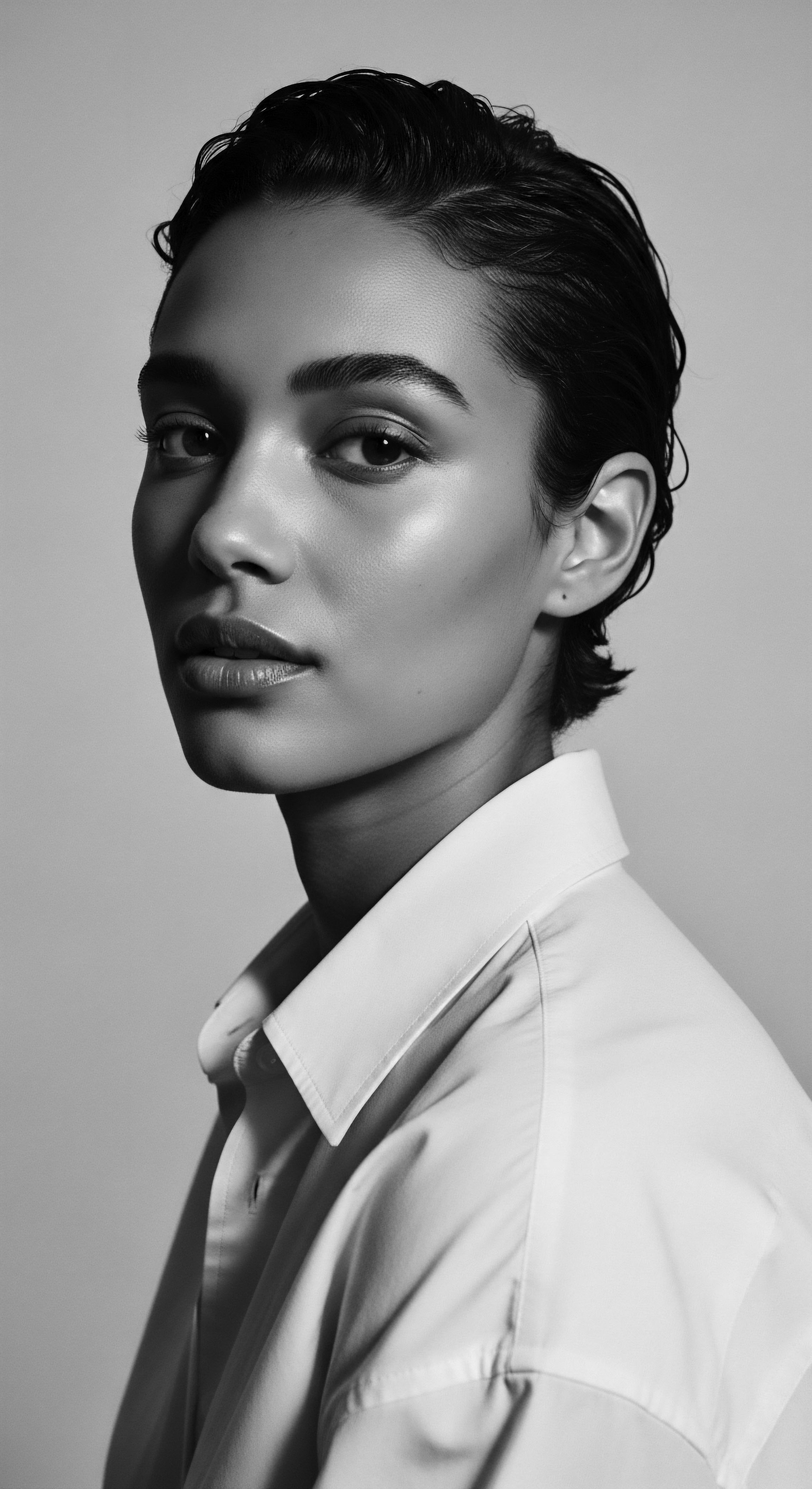
The Nighttime Sanctuary and Bonnet Wisdom
The practice of wrapping or covering hair at night, now commonly associated with bonnets and silk scarves, traces its lineage back through centuries of hair care wisdom. This protective ritual, often performed with traditional fabrics or cloths, served a practical purpose ❉ safeguarding delicate strands from friction against rough sleeping surfaces, which could lead to breakage and moisture loss. It also prevented tangling and preserved intricate hairstyles.
This simple, yet profound, act minimized daily manipulation, allowing hair to retain its natural oils and condition, thereby promoting its overall well-being. The traditional ingredients applied during the day or evening were thus given the opportunity to deeply penetrate and work their magic undisturbed overnight, extending their benefit.
Historically, head coverings also carried immense cultural and social significance across various African communities, symbolizing status, marital state, or spiritual devotion. The practical benefits for hair health became intertwined with these deeper cultural meanings, solidifying the nighttime routine as an enduring, heritage-rich practice.
The enduring wisdom of ancestral practices confirms that the consistent, tender care of textured hair, coupled with traditional ingredients, builds resilience over time.

Elemental Biology and Ancestral Pharmacopoeia
The richness of the African continent’s biodiversity offered an unparalleled pharmacopoeia for hair and scalp care. Traditional healers and community elders possessed encyclopedic knowledge of plants and their properties. Many plants commonly used, such as members of the Lamiaceae, Fabaceae, and Asteraceae families, have been identified in ethnobotanical studies as central to hair treatment and care across Africa.
Their applications ranged from addressing hair loss (alopecia) and dandruff to treating parasitic conditions. This deep botanical understanding meant that remedies were holistic, often addressing not just the hair strand, but the underlying scalp health and even systemic well-being.
- Moringa (Moringa Oleifera) ❉ Often regarded as a miraculous tree, moringa leaves and seeds were utilized across West African communities for various healing purposes, including strengthening hair and combating infections. Its contemporary recognition as a nutrient-dense superfood, rich in vitamins, minerals, and amino acids, aligns with its historical use for vitality.
- Aloe Vera ❉ Used for its soothing and moisturizing properties, particularly for scalp health and detangling. The gel from the plant was a common application for inflammation and dryness.
- Neem (Azadirachta Indica) ❉ While also widely known in South Asia, neem’s presence and use in parts of Africa for its antimicrobial and anti-fungal properties made it a valuable ingredient for treating scalp conditions like dandruff and lice.
The problem-solving approaches of our ancestors were inherently holistic. Rather than isolating a single symptom, they observed the intricate interplay of diet, environment, stress, and spiritual harmony on overall well-being, including hair health. A scalp condition, for instance, might be addressed with a topical herbal application, but also with dietary adjustments or cleansing rituals, acknowledging the interconnectedness of body, spirit, and the natural world.
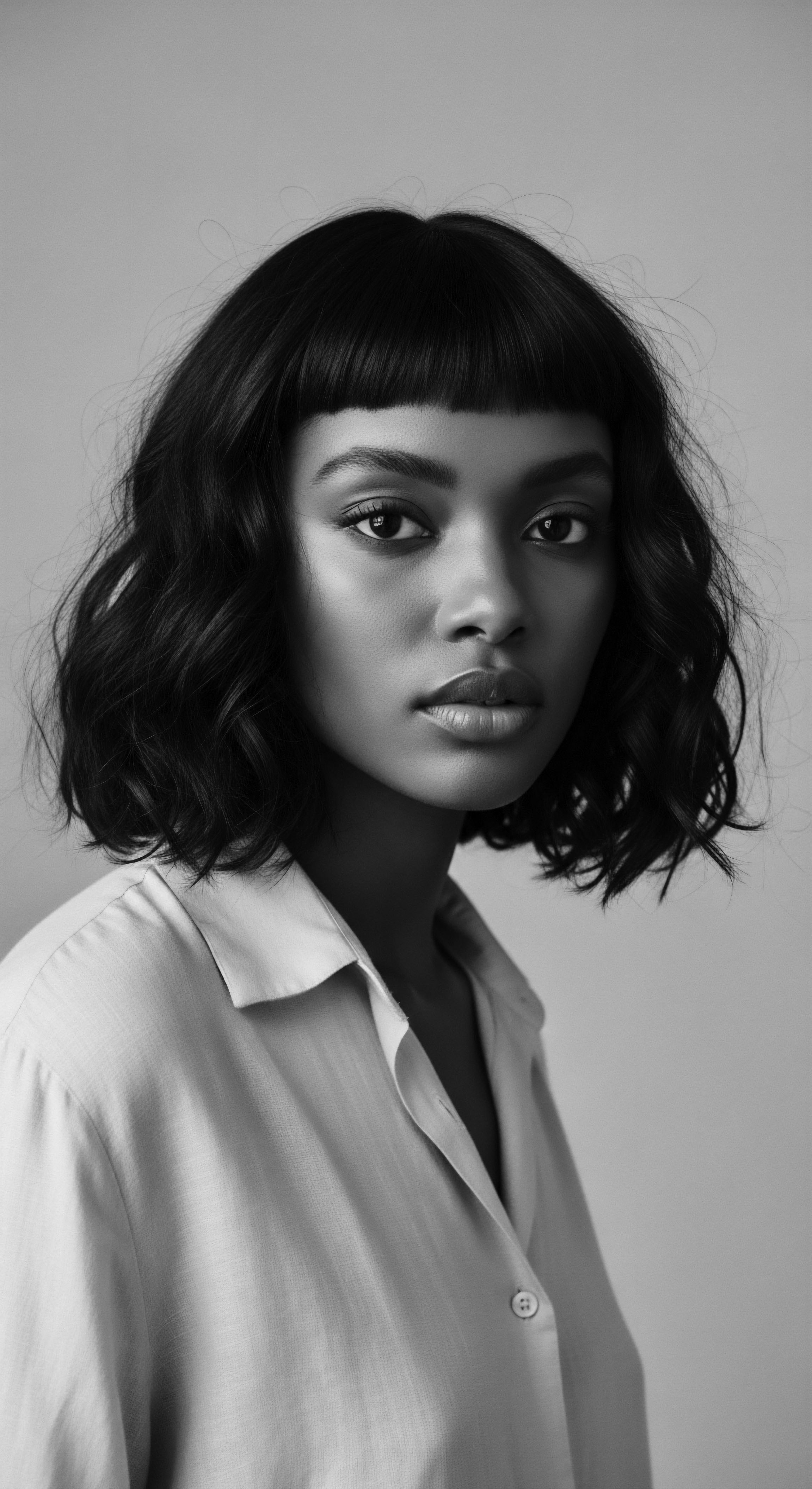
Reflection
To ask why traditional ingredients hold sway for textured hair health is to embark upon a meditation, a quiet reckoning with time and belonging. It reminds us that our hair is not merely a biological structure; it is a repository of memory, a chronicle of journeys, both personal and collective. The rich heritage woven into each coil, each curl, is mirrored by the simple yet profound power of the earth’s offerings.
These ingredients—the butters, the oils, the plant powders—are not remnants of a bygone era; they are living testaments to an enduring wisdom. They whisper stories of resilience, of adaptation, of profound reverence for the natural world that sustained our ancestors. They call us to a deeper relationship with our hair, one that moves beyond fleeting trends and commercial promises, drawing instead from the deep, nurturing wellspring of ancestral knowledge.
In understanding the enduring significance of these ingredients, we do more than simply care for our strands; we honor the legacy they carry. We recognize that the health of textured hair is not solely a matter of biology or chemistry. It is also a celebration of identity, a connection to a rich cultural past, and a forward-looking affirmation of who we are. Each application becomes a quiet conversation with history, a soulful acknowledgment of the roots that ground us, and the unbounded potential that stretches before us, a true reflection of the Soul of a Strand.

References
- Matjila, C. R. (2020). The meaning of hair for Southern African Black women. University of the Free State.
- Miller, T. R. (2001). Hair in African art and culture. American anthropologist, 103(1), 182-188.
- Sieber, R. & Herreman, F. (Eds.). (2000). Hair in African Art and Culture. Museum for African Art.
- Voeks, R. A. (1997). The human geography of African plants. Geographical Review, 87(2), 295-306.
- Ugwu, J. O. Agboke, S. N. Ezenduka, C. J. & Ugwu, P. C. (2025). Cosmetopoeia of African Plants in Hair Treatment and Care ❉ Topical Nutrition and the Antidiabetic Connection? MDPI.
